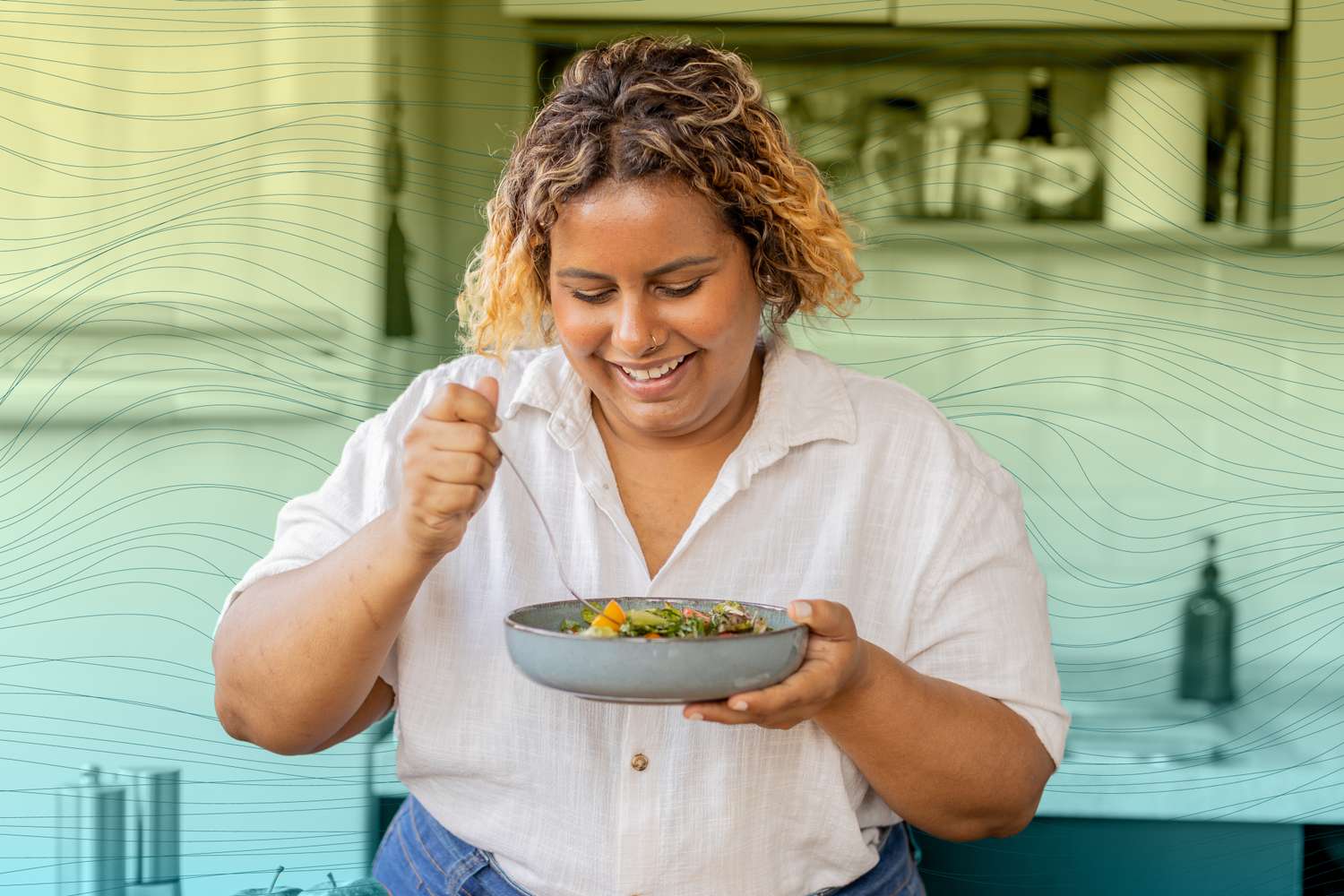Blog
5 Vegetables That Are Healthier Raw Than Cooked

- Cooking some vegetables can reduce their vitamin and antioxidant content.
- Garlic, broccoli, beets, kale and peppers are healthier raw than cooked.
- If you can’t eat them raw, steaming is usually the best way to retain their nutrients.
Only 10% of U.S. adults eat enough veggies, according to the Centers for Disease Control and Prevention. Since vegetables are loaded with nutrients that help prevent cardiovascular disease, cancer and other chronic illnesses, that’s not exactly great news. While eating veggies in any form is key, you might be surprised to learn some vegetables retain more of their nutrients when you eat them raw instead of cooked.
As a bonus, many raw veggies don’t require much, if any, time to prepare. And they can even be purchased pre-cut for convenience. Raw veggies are also easily portable, so you can take them on the go for a nutrient-packed addition to your lunch or a quick snack. So, they’re a convenient way to add more produce to your day, which might just earn you a spot in that coveted top 10% of Americans who are actually eating enough veggies!
Which veggies are healthier to eat raw? We put the question to dietitians. Here’s what they told us, plus tasty new ways to add more raw veg to your world.
1. Garlic
Garlic isn’t just a flavor-booster. It’s also chock-full of health benefits, especially if you eat it raw. Eating raw garlic has been linked to better cholesterol, blood pressure and blood sugar levels. “The secret lies in allicin, a powerful compound found in garlic that’s created through an interesting chemical reaction,” says Stacey Woodson, M.S., RD, LDN. “When you slice, crush or press fresh garlic, you break down the cell walls,” she explains. “This allows two naturally occurring compounds, alliin and the enzyme alliinase, to mix and mingle, forming the beneficial allicin.”
If you don’t like raw garlic (or your stomach can’t tolerate it), don’t worry! “If you cut or press your garlic and let it sit for at least 10 minutes before cooking, you’ll still reap those remarkable health benefits because that brief pause gives the chemical reaction time to work its magic,” says Woodson. While you don’t have to wait for this reaction when you’re using raw garlic, try this trick for recipes where you’ll be cooking it.
2. Broccoli
If one vegetable should get a gold star for disease prevention, it might be broccoli. This cruciferous veggie may help protect against cancer and has been linked to better gut, bone and heart health. That’s because it’s loaded with nutrients like folate and vitamins A, C and K, as well as calcium, iron and potassium. Broccoli is also rich in bioactive compounds, including glucosinolates, sulforaphane and indole-3-carbinol, which act as antioxidants and help reduce inflammation. So, there are lots of good reasons to eat up.
While cooked broccoli still contains some of these nutrients and antioxidants, raw broccoli gives you way more of them. “Broccoli loses some of its antioxidants and vitamins, such as vitamin C and folate, in the cooking process,” says Lisa Andrews, M.Ed., RD, LD.
Dipping raw broccoli florets in ranch is a great start. But why stop there? Sapna Peruvemba, M.S., RDN, recommends making a shredded broccoli slaw with a creamy dressing. For even more nutrition, mix in more raw veggies like carrots, kale and cabbage.
If raw broccoli isn’t for you, try steaming it. Research shows that steaming is the best cooking method for retaining broccoli’s cancer-fighting glucosinolates. Conversely, stir-frying and boiling broccoli lead to the biggest nutrient losses.
3. Beets
Nothing beats raw beets! That’s right, you can enjoy these root veggies raw. In the process, you’ll score even more nutrients. “The bright red color of beets comes from betalains, which are antioxidants with anti-inflammatory properties,” says Juliana Crimi, RD, M.H.Sc. Trouble is, betalains are easily broken down by heat. “Eating beets raw helps keep these nutrients intact, along with vitamin C and natural nitrates,” she says.
And if high blood pressure is an issue, eating raw beets may help lower your numbers. That’s because beets are rich in blood pressure-lowering compounds called nitrates. After you eat beets, their nitrates are converted to nitric oxide, which helps relax your blood vessels to improve blood flow. While both raw and cooked beets have this effect, raw beets are especially powerful, which may explain why one study found that raw beet juice lowered blood pressure even more than cooked beets.
Not sure how to prepare raw beets? “If you want to enjoy beets raw, try shredding them into salads or slaws, blending them into smoothies or dips or slicing them thinly to make a refreshing beet salad topped with feta or goat cheese,” suggests Crimi.
4. Kale
Kale is another cruciferous veggie worth eating raw. When you cook kale, you lose health-promoting minerals and antioxidants, especially cancer-fighting glucosinolates., “These veggies contain an enzyme called myrosinase that helps turn glucosinolates into powerful compounds called isothiocyanates, which have anti-inflammatory and anticancer benefits. Heat destroys myrosinase, so eating them raw helps preserve these health-boosting effects,” says Peruvemba.
Need one more reason to eat kale raw? Consider the results of one study that found that people who ate 1½ weekly servings of raw cruciferous veggies, like kale, were 40% less likely to develop pancreatic cancer than people who only ate ½ serving of raw cruciferous veggies per week.
That said, lots of people aren’t fans of raw kale’s tough texture. If you’re one of them, Peruvemba recommends massaging it with dressing until it’s tender. Or, try blending raw kale into a smoothie. You’ll reap all of its nutrients without struggling to chew it.
5. Bell Peppers
Bell peppers are a tasty addition to stir-fries, omelets, stewed beans and more. But did you know that one raw red bell pepper contains more than double the vitamin C of an orange and nearly 20% of your daily dose of folate?, Bell peppers are also packed with antioxidants like polyphenols. “Vitamin C, folate and polyphenols can break down during the cooking process,” says Trista Best, M.P.H., RD, LD. Eating them raw will ensure you are getting more of these nutrients, she explains.
Raw bell peppers make for a great snack dipped in hummus or guac, tossed into a zesty black bean salad or stuffed with tuna salad for a light lunch or dinner.
Healthy Raw Vegetable Recipe to Try
Our Expert Take
All vegetables are great for you. But some veggies like garlic, broccoli, beets, kale and bell peppers retain more nutrients when you eat them raw instead of cooked. That’s because cooking’s heat may break down their antioxidants or cause some of their vitamins and minerals to escape during cooking. “That said, if raw veggies upset your stomach, don’t stress,” says Peruvemba. “Cooked, they’re still incredibly nutritious, and eating them cooked is much better than skipping them altogether or eating them raw and feeling miserable.” If raw veggies aren’t your thing, steaming is usually the best cooking method for retaining their nutrients. But in the end, any veggie is a good veggie!












